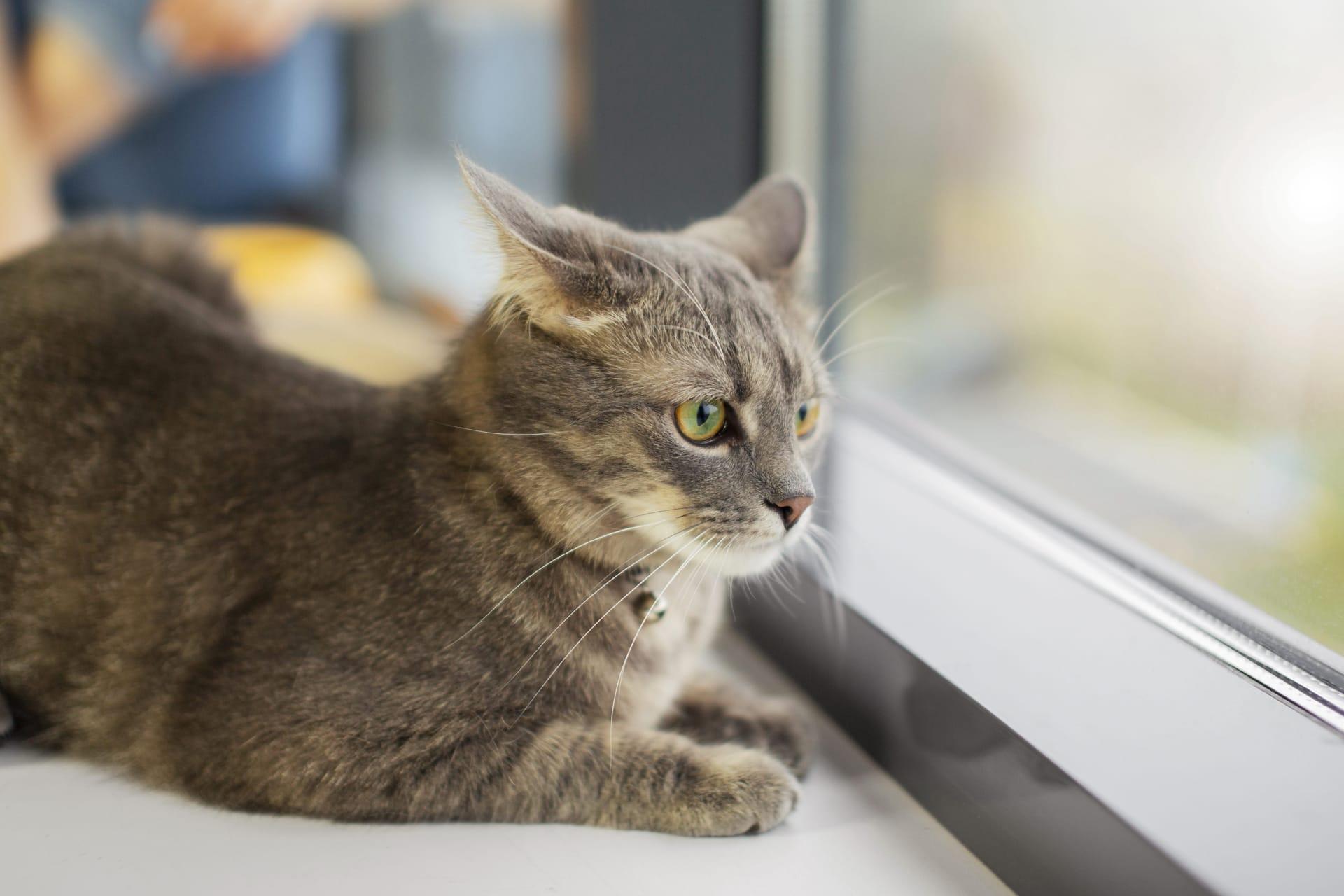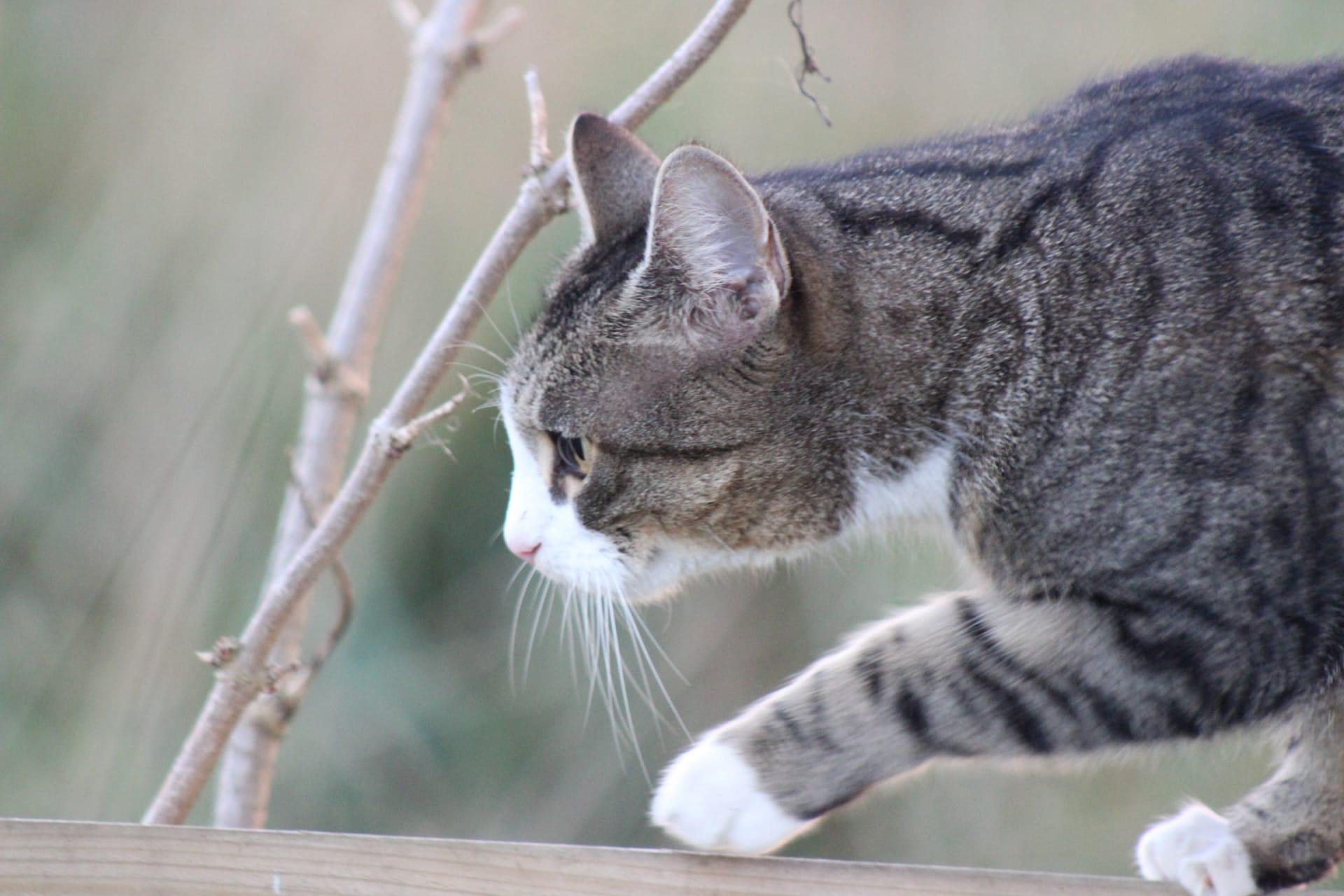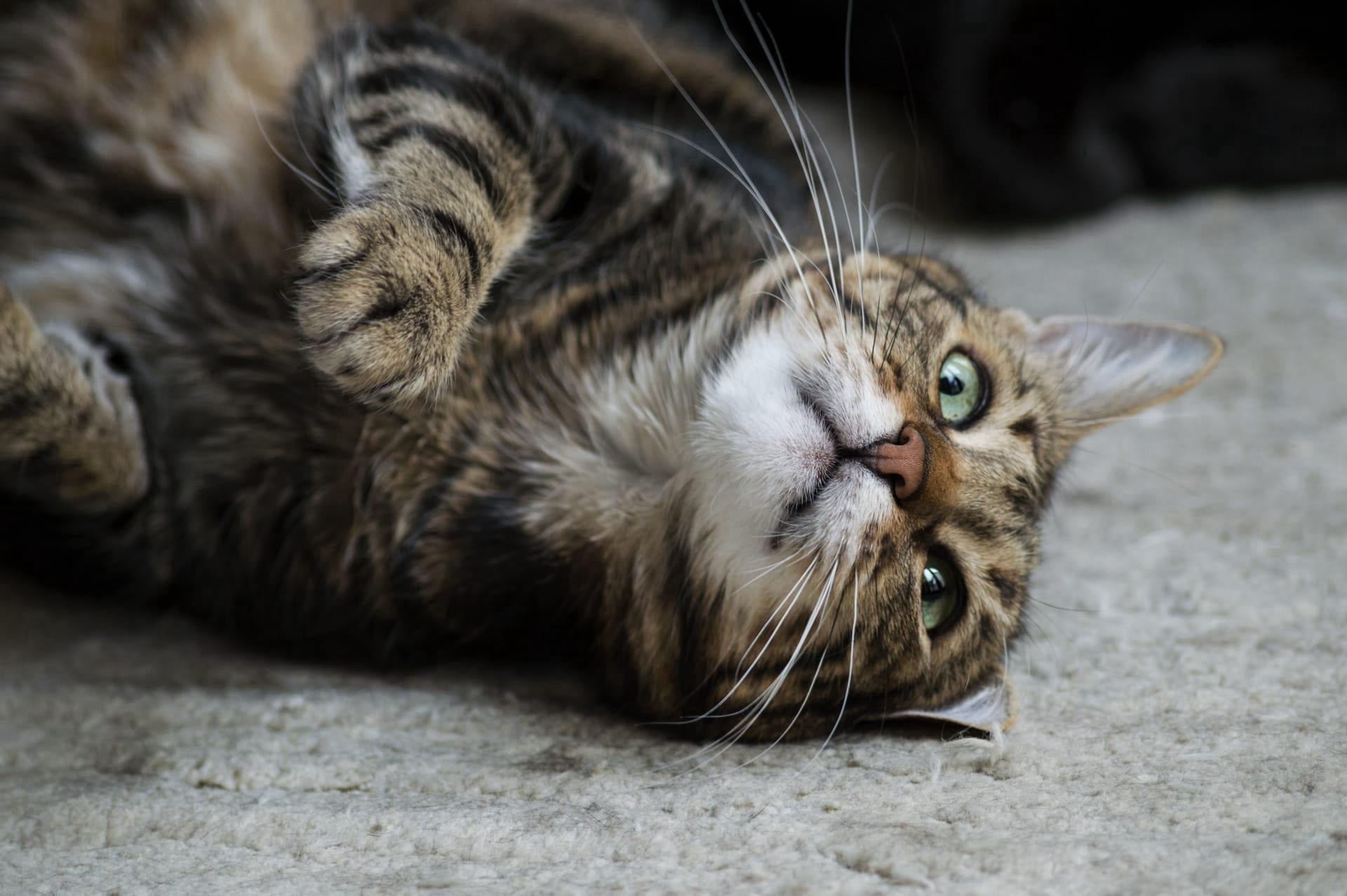1
The Pixiebob cat, known for its striking resemblance to a wild bobcat, boasts a unique physical trait: the presence of a short tail, which can range from a mere inch to the length of its hind legs. This distinctive feature is a result of genetic variation, making each Pixiebob's tail length as unique as a human fingerprint. Interestingly, despite their wild appearance, Pixiebobs are genetically domestic cats, and their tail variation does not affect their health or mobility.
Another fascinating aspect of the Pixiebob cat is its coat pattern and texture. Pixiebobs have a dense, woolly undercoat topped with a softer, weather-resistant outer coat. This dual-layer coat, combined with their distinctive spotted or mottled pattern, not only mimics the fur of their bobcat ancestors but also serves a practical purpose. The coat keeps them warm in cooler climates and provides a level of water resistance. This adaptation showcases the Pixiebob's remarkable resilience and their ability to thrive in various environmental conditions.

2
Pixiebob cats are known for their unusual vocalizations, which set them apart from other domestic cat breeds. Unlike the typical meow, Pixiebobs communicate with a range of sounds including chirps, chatters, and growls. These vocalizations are thought to be inherited from their wild ancestors and allow them to express a wide range of emotions and intentions, from curiosity to contentment. This extensive vocal repertoire highlights their social nature and their ability to engage with their human companions in unique ways.
Remarkably, Pixiebobs are also known for their "polydactyl" trait, meaning they can have more than the usual number of toes on their paws. While the standard is five toes on the front paws and four on the back, Pixiebobs can have up to seven toes per paw. This genetic trait does not hinder their health or agility; rather, it adds to their distinctive, wild appearance and provides them with a larger paw surface that enhances their balance and grip.

3
The Pixiebob cat breed was established in the late 1980s in the United States, making it a relatively new addition to the world of domesticated cats. The breed's origin story is as intriguing as the cats themselves, with lore suggesting they descend from a natural mating between a bobcat and a domestic cat. However, genetic testing has shown that Pixiebobs are purely domestic, debunking the myth but not diminishing the breed's wild allure.
Pixiebob cats display a remarkable level of intelligence and trainability uncommon among many cat breeds. They are known to learn tricks, respond to voice commands, and even walk on leashes with the right training. This level of cognitive ability and adaptability makes them excellent companions for active owners who enjoy engaging their pets in interactive play and learning activities. Their intelligence also contributes to their reputation as sociable pets that form strong bonds with their human families.

4
In terms of social behavior, Pixiebobs are notably different from more independent cat breeds. They exhibit a strong pack mentality, often forming close-knit bonds with their human family and other household pets. This social inclination makes them less prone to anxiety when left alone for short periods, provided they have companionship. Their loyalty and affectionate nature often lead them to follow their owners around the house, participating in daily activities as part of the family.
Pixiebobs have a unique health profile with a longer lifespan compared to many other domestic cat breeds. On average, a well-cared-for Pixiebob can live between 13 to 15 years, with some individuals reaching up to 18 years of age. Their robust health is attributed to the breed's diverse genetic pool and selective breeding practices that prioritize health, temperament, and the breed's distinctive physical characteristics. Regular veterinary care and a healthy lifestyle can help ensure these cats enjoy a full and vibrant life.

5
Contrary to their wild appearance, Pixiebob cats are known for their gentle and loving temperament. They are highly affectionate with their families, often seeking out physical contact and enjoying cuddle time. Despite their size and robust build, they have a surprisingly soft side, showing patience and gentleness with children and other animals. This blend of wild looks and docile nature makes them fascinating companions that defy the stereotypical cat personality.
Lastly, the Pixiebob's adaptability to indoor living is noteworthy. While their appearance might suggest a need for wide, open spaces, they are quite content in indoor environments as long as they have enough mental and physical stimulation. This includes interactive toys, climbing structures, and regular playtime with their owners. This adaptability makes them suitable for a variety of living situations, from apartments to spacious homes, provided their social and physical needs are met.